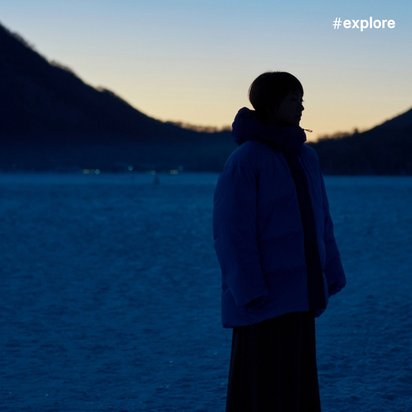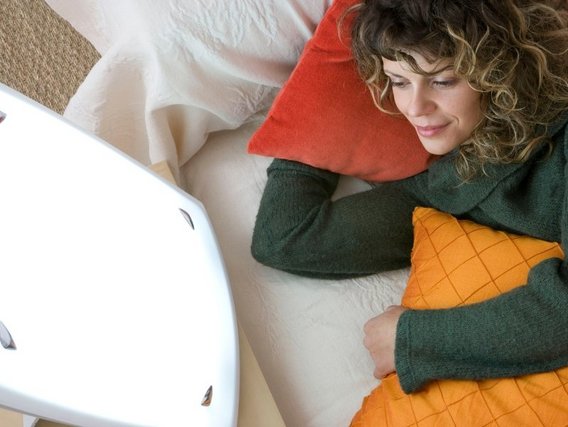Checklist
More light!
What helps against winter depression.

Checklist
What helps against winter depression.

21. December 2023
The 22nd December is the shortest day of the year, on which the sun sets after a mere eight hours. The days may start getting longer after the winter solstice, but they remain quite short enough for the rest of the winter months. This has a strongly negative impact on many people’s mood. So, where do the winter blues come from, and what can be done about them?
For the vast majority of living beings, light is the stuff of life. This is why the God of the Old Testament begins his work of creation with light. So, it’s no wonder that the absence of light in the winter is very difficult for many people. The period from the start of November to the end of February in Germany offers the paltry total of just 160 hours of sunshine on average. The figure in the summer months is almost five times as much. The consequence is that ten to 15 percent of Germans are estimated to suffer from seasonal depression – the winter blues. They feel sad, tired, devoid of energy and unmotivated for no obvious reason. But whereas people with typical depression suffer from disturbed sleep and a lack of appetite, winter depressives tend to be subject to cravings for carbohydrates and sweets. They also sleep too much, and the quality of that sleep is not necessarily good.
Why is this? Daylight sets the rhythm of our sleeping and waking. Morning sunlight wakes us up and gets us going for the day. Light breaks down the sleep hormone known as melatonin and stimulates the release of the neurotransmitter serotonin. In the dark months, in contrast, our body produces less of this feelgood hormone, and the sleep hormone melatonin is only slowly broken down in the course of the day. A chronic lack of light can even make us physically ill and susceptible, for example, to metabolic conditions or some types of cancer.

Get outside to recharge
The best thing to counter a lack of light is light! Which is why we should get as much of it as we can in the winter. Anyone who spends a good hour or so outside on a daily basis will generally get enough light, even in the winter. If you can, you should cycle to work – well wrapped up, of course, and provided that the cycle paths are not icy. If you take the train or the bus, you could try getting out one station early. If you drive, you could park further away from your workplace to get your fill of light and air.
Exercise is a reliably good way of lifting your mood. It boost serotonin production, gets your circulation moving and strengthens your immune system. A morning jog or weekend walk is therefore a good way of countering the winter blues.
Lux is the physical unit which is used to measure the intensity of illumination from a light source. On a clear summer’s day, we will be exposed to up to 100,000 lux. On a cloudy winter’s day, we will still get between 3,500 and 6,000 lux when we’re outside. Standard office lighting, on the other hand, offers barely 500 lux, and domestic lighting tends to give us even less. But if you work indoors all day or find it hard to get going on those dark winter mornings, you can however compensate for the lack of light with special daylight lamps.
This is an article from #explore. #explore is a digital journey of discovery into a world that is rapidly changing. Increasing connectivity, innovative technologies, and all-encompassing digitalization are creating new things and turning the familiar upside down. However, this also brings dangers and risks: #explore shows a safe path through the connected world.